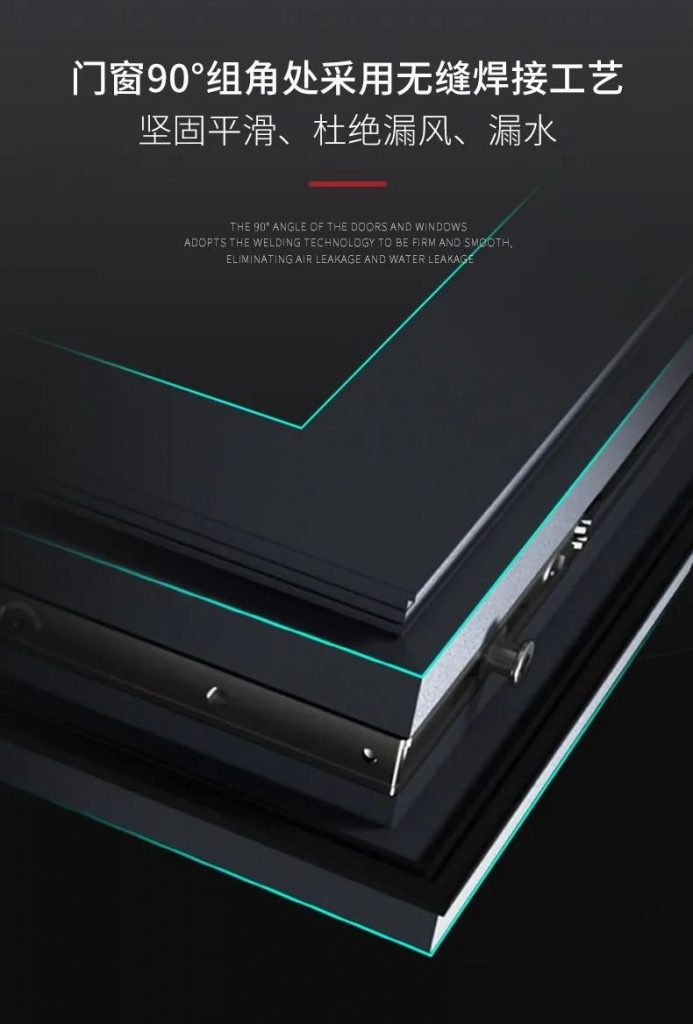
Plastic doors and windows have the characteristics of significant thermal insulation and thermal insulation effects. Before purchasing plastic doors and windows, people will first understand the classification of plastic doors and windows and then choose. So what are the classifications of plastic doors and windows? Today, Baydee will answer them one by one for you.
Plastic doors and windows are mainly divided into PVC plastic doors and windows and glass fiber reinforced plastic (glass fiber reinforced plastic) doors and windows.

1. PVC plastic doors and windows
PVC plastic doors and windows have outstanding advantages in saving energy consumption for profile production, recycling and reuse of recycled materials and energy consumption, and have excellent performance-price ratio in terms of thermal insulation and energy saving.
PVC plastic doors and windows can obtain various textures by co-extrusion of UPVC resin and colored polymethyl methacrylate (PMMA) or acrylonitrile-styrene-acrylate copolymer (ASA), as well as coating and spraying on white profiles And a variety of surface color decorative effects.
2. Glass fiber reinforced plastic doors and windows
Fiberglass reinforced plastic doors and windows are also called glass fiber reinforced plastic doors and windows. However, when the size of the doors and windows is too large or the wind pressure resistance requirements are high, the reinforcement method should be determined according to the use requirements. The transverse strength of the profile is low. The glass fiber reinforced plastic door and window frame angle stiles are assembled, and the joints need to be sealed with sealant to prevent leakage from the gaps.
Domestic self-developed FRP door and window profiles are generally reinforced with medium-alkali glass fibers. After the surface of the profiles is polished, electrostatic powder spraying, surface coating and other technical processes can be used to obtain decorative effects of various colors or textures.
 Hot Recommendation
Hot Recommendation